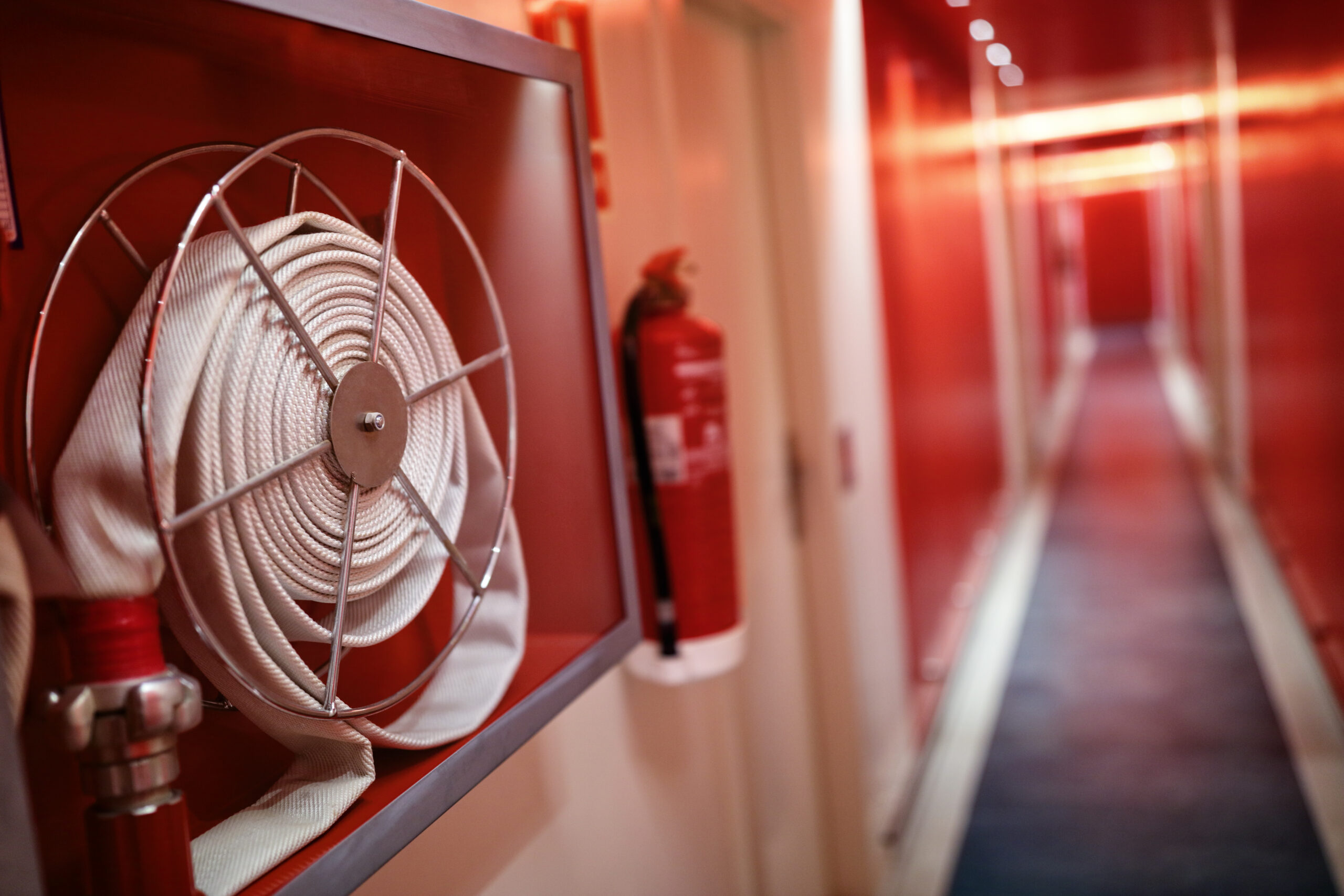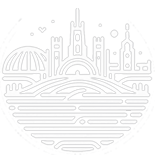Smoke Control & Computer Fire Modelling
Smoke control systems usually work together with the fire alarm system. The connections between fire alarm and smoke control often are not regularly tested and the mechanical portions of the smoke control systems are often not fully tested and maintained over time.
Authorities are becoming more aware of the hazard created by unmaintained smoke control systems. They are beginning to require owners to bring their systems’ performance up to the standard intended during design and construction. But it can be difficult to determine what that intent was in an older building. Documentation may be incomplete; it may be difficult to determine the applicable building code governing the building during initial design and construction; and building alterations over the years may not be documented.
The first step in an effective smoke control remediation program is a detailed review of available documentation and current system operation. This should include:
- Review of original design documentation and subsequent building changes
- Determination of original applicable building code
- Comparison of previous and current code requirements
- Testing of the smoke control system for electrical and mechanical deficiencies
- Testing of the interconnection with fire alarm system for effectiveness and sequence of operatio
Following the review, a report should be provided summarizing the investigation and the results and providing guidance for the remediation plan to be developed in the next step. SenezCo staff have decades of experience in applying code requirements to existing buildings. When you are ready to proceed with smoke control system improvements, contact us for an assessment report.


